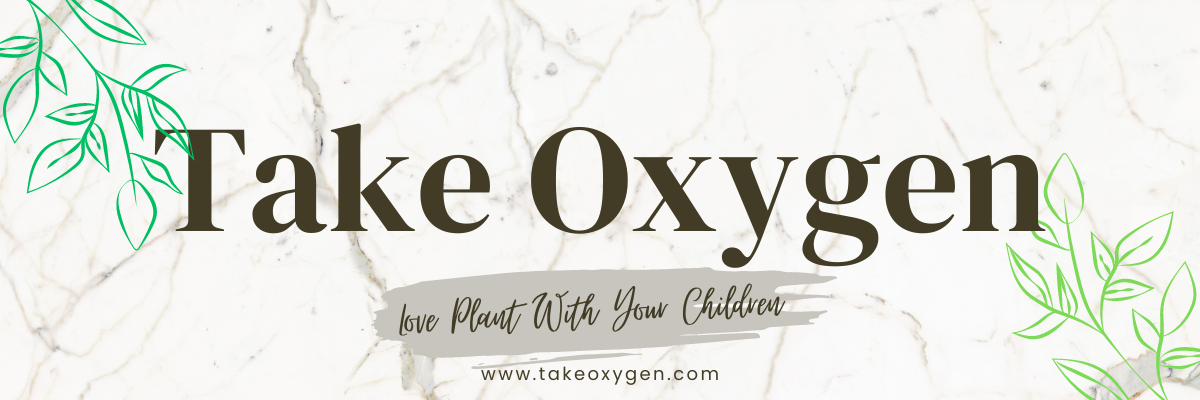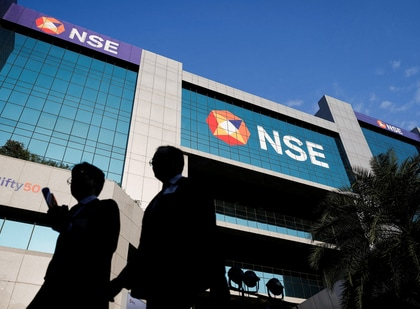Pune-based software professional Rohit Deshmukh wanted to renovate his 10-year-old apartment ahead of Diwali, so he opted for a top-up loan. This is because he did not want to dip into his savings, and personal loan interest rates were very high.

The top-up loan got processed easily. The bank approved ₹8 lakh within 48 hours at an interest rate of 9.2%, which is far lower than the interest rate for a personal loan.
Returning to Deshmukh’s case, the funds were directly credited to his account, allowing him to commence work on the home renovation on schedule. This means a higher EMI to be paid every month, and Deshmukh has planned his finances accordingly.
Also Read: What NRIs must know about property sale, rent, and tax filing when returning to India?
How fast is it sanctioned?
Top-up home loans are now being approved much faster in today’s digital lending ecosystem than ever before. “The loan is typically disbursed within 48 to 72 hours of the verification of the borrower’s repayment history and property documents. Instant credit checks and approvals are now feasible due to fintech platforms and seamless bank API linkages,” said Atul Monga, co-founder and CEO, BASIC Home Loans.
The turnaround time for pre-approved borrowers can be as short as 24 hours,” Monga said.
What are the interest rates?
Interest rates for top-up home loans are typically 0.5% to 1% more than the borrower’s current home loan rate. “Depending on credit profile and loan tenure, NBFCs normally provide rates between 10.5% and 12%, whereas most banks currently offer rates between 9% and 10.5%. Lenders and fintech platforms frequently collaborate to give competitive digital offerings with starting rates of 8.9%,” said Monga.
With minimum or no prepayment penalties for floating-rate loans and processing fees ranging from 0.25% to 1% of the loan amount, top-ups are a straightforward and affordable way to access additional funds quickly.
Does it make sense?
“If your savings are earmarked for long-term goals such as retirement, children’s education, or emergencies, it’s advisable not to dip into them,” said Raoul Kapoor, CEO, Andromeda Sales and Distribution.
“Getting a top-up loan frequently is a wiser financial move than availing a personal loan or drawing from savings. In contrast to personal loans, which have interest rates between 13% and 18%, top-up loans have lower rates ranging between 9% to 12% from banks and NBFCs, and fintech-partnered deals beginning at about 8.9%,” said Monga.
Prepayment penalties are typically absent from floating-rate loans, and processing fees are low, ranging from 0.25% to 1%. Top-up loans are affordable and liquidity-friendly, as the lenders provide faster approvals because the borrower’s property already secures the loan.
What to keep in mind?
“Nevertheless, the choice must consider the need for cash flow of the borrower, potential for paying it back,” said Pramod Kathuria, Founder & CEO, Easiloan, a digital home loan platform.
Top-up loans are generally flexible in their end use, meaning the borrowed amount is credited directly to the borrower’s account and can be used for multiple purposes, such as business, home improvement, festive purchases, or personal expenses.
“During Diwali or festive seasons, many borrowers prefer using top-up loans to fund big-ticket expenses or celebrations, taking advantage of attractive offers or processing fee waivers that some lenders announce during this period,” said Kapoor.
However, remember that with a top-up loan, your EMI increases since the additional amount you need to pay each month is added to your existing EMI. Try to ensure that your total outstanding debt does not exceed 40% of your take-home pay; otherwise, your finances may become strained.
Additionally, it is crucial to use the funds wisely. While you may use it for home renovation, buying appliances, or any other essential need, you should avoid spending it on luxury goods.




